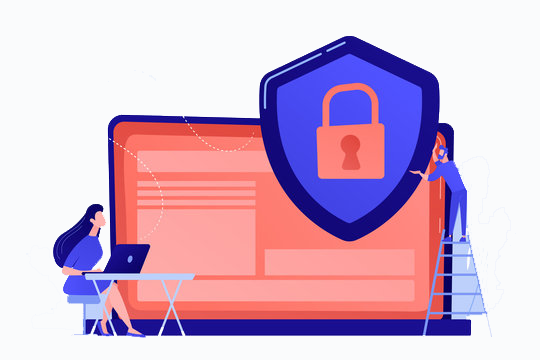A strong Cyber Security strategy can provide a good security posture against malicious attacks.


Cyber Security
Cyber Security is the protection of inter-connected systems such as hardware, software and data from cyber threats and It’s also instrumental in preventing attacks that aim to disable or disrupt a system’s or device’s operations.
A strong cyber security strategy can provide a good security posture against malicious attacks designed to access, alter, delete, destroy or extort an organization’s or user’s systems and sensitive data.
Why we need Cyber Security for our organization?
Today’s Businesses runs of IT and with an increasing number of users, devices and applications in the modern enterprise and combined with sensitive or confidential data – the importance of cyber security continues to grow.
Core Components of Cyber Security
The cyber security is a broad term that covers multitude of technologies, devices and processes, the coordination of which within the organization is crucial to the success of a cyber security.




















